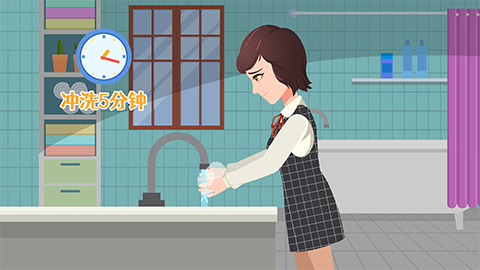How to Prevent Rabies Before Exposure
Generally speaking, exposure refers to rabies exposure. Main preventive measures before rabies exposure include timely handling of contaminated articles, immediate wound flushing, vaccination, avoiding contact with canine animals, and regularly vaccinating pets. If feeling unwell, seek medical attention promptly. Detailed analysis is as follows:

1. Timely handling of contaminated articles
Clothing, bedding, or other articles that have come into contact with rabid animals should be promptly handled by direct incineration, followed by replacement with new items. Alternatively, they can be disinfected using disinfectant solutions or scalded with boiling water.
2. Immediate wound flushing
If there is skin abrasion or an open wound due to category II rabies exposure, the wound should be promptly flushed with water or soap solution to remove animal saliva and other contaminants, thereby reducing the risk of infection.
3. Vaccination
If rabies exposure has occurred but infection with the rabies virus has not yet developed, it is necessary to receive a rabies vaccine under a doctor's guidance immediately. The vaccine can stimulate the body's immune response to resist the rabies virus, thus reducing the risk of infection.
4. Avoid contact with canine animals
As rabies exposure is associated with contact with canine animals, it is important to stay away from such animals (e.g., dogs and wolves) and avoid touching them with bare hands to reduce the risk of infection.
5. Regularly vaccinate pets
If you have pets at home, ensure they receive regular vaccinations to protect their health and indirectly safeguard your own health, thus preventing rabies virus infection.
It is important to note that once rabies exposure is identified, preventive measures should be taken promptly as outlined above. At the same time, maintaining a calm mindset and avoiding excessive anxiety is also recommended.




